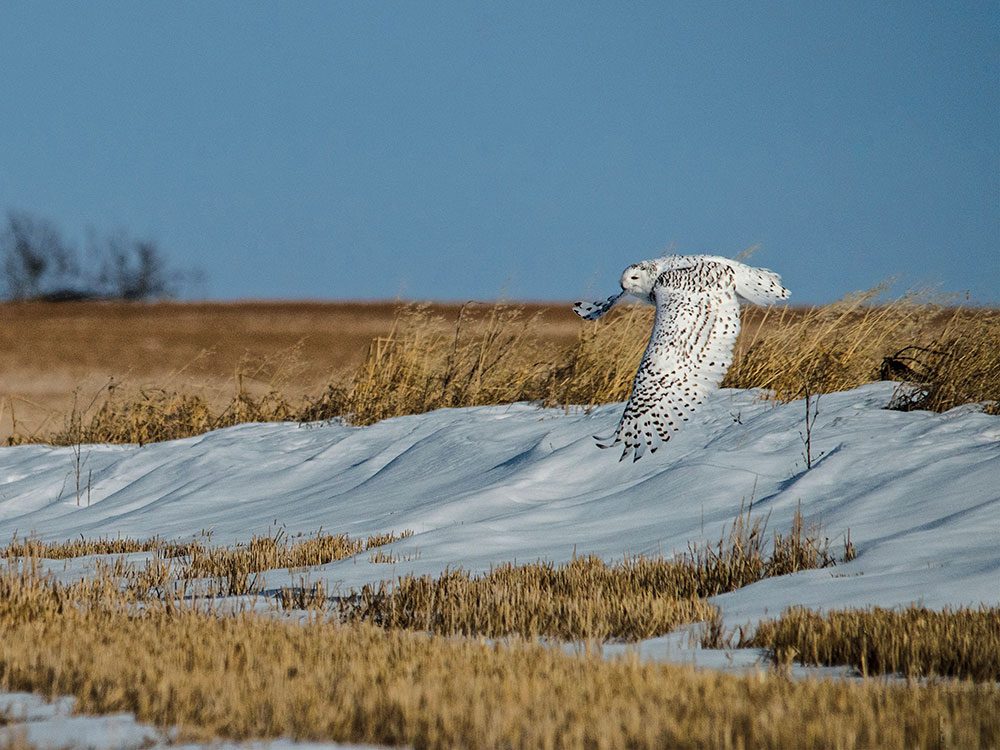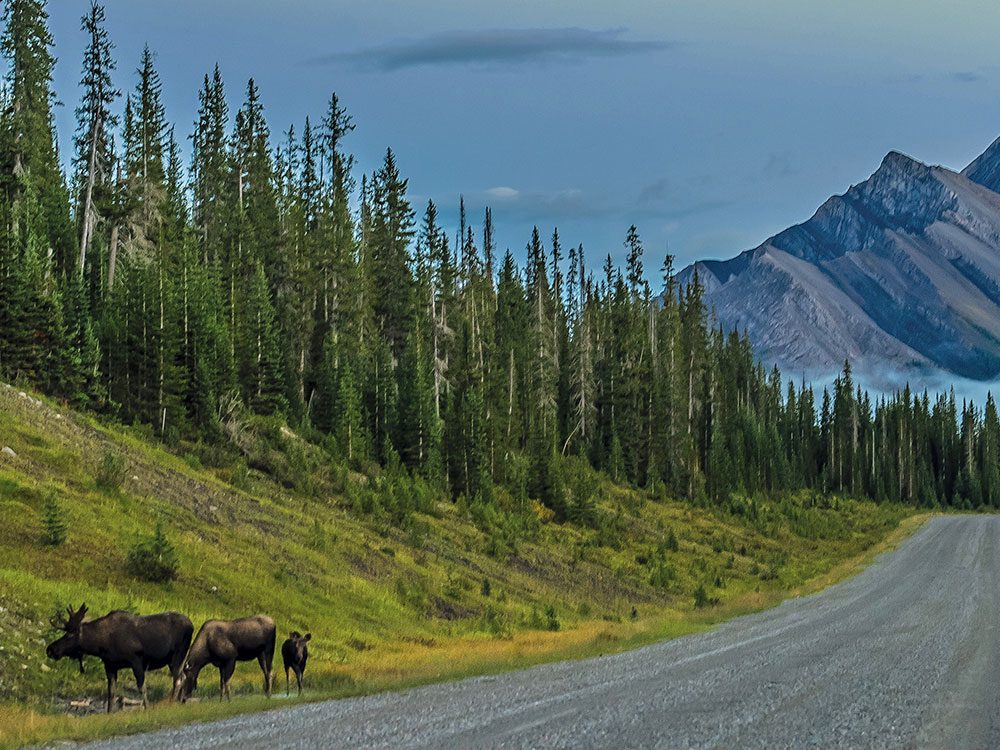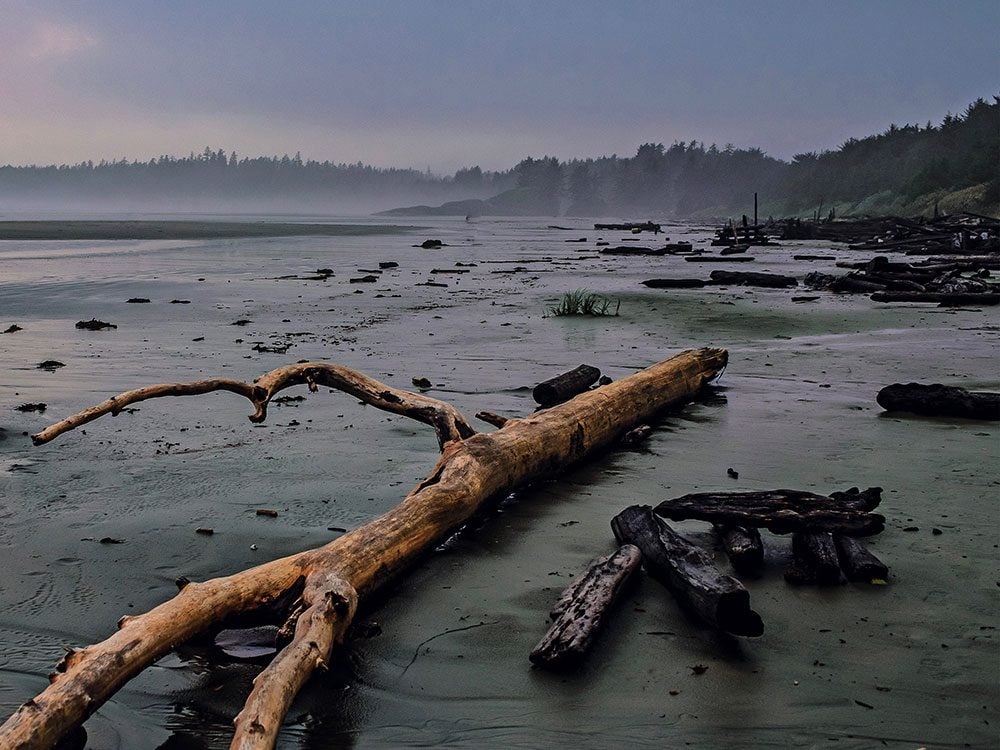
Fall scenery: Carstairs, Alberta
With the change of seasons comes, at times, rapid shifts and unpredictability in weather, regardless of where you live in Canada. Extreme fluctuations in temperature, such as snow one day and waning summer warmth the next, are common to the Canadian landscape, and it’s up to the hardy environment to adapt and adjust accordingly. As a landscape/night skies photographer in Alberta, the change of season also means a whole new palette of colours and photographic opportunities, as wildlife and nature bring out their “winter clothes” and prepare for the chill of winter. For Canadian night sky enthusiasts, it means the end of the Milky Way season, and darkness comes earlier as the days shorten. With the shortened days, it typically means that aurora borealis activity increases with the onset of the fall equinox, historically indicating an increase in geomagnetic activity, making vibrant northern lights sightings easier to catch.
I have travelled to the Yukon, around this change of season, which has fantastic offerings of its own, combining its stunning landscape beauty as foreground to brilliant displays of aurora at night. The Yukon catches snow considerably earlier than its more southerly provincial counterparts, and already looks downright wintery in late fall, with crisp powder snow reflecting the vibrant northern lights overhead.
Check out these 10 beautiful orange-hued photos from across Canada.

Fall scenery: Smith Dorrien Trail, Kananaskis, Alberta
On a more recent outing, as the temperatures dropped back home in Calgary, my boyfriend John and I decided to head towards Tofino, B.C. We hoped to capture the best of the fall along the way, while the highways in between were still safe and ice-free.
As we wound through the Rockies, the chill of fall was felt in the air, but the vibrant greens and autumn colours still coated the landscape. The further west we drove, whether it was watching droves of Canadian geese fly south while honking their goodbyes, or the plentiful rabbits’ coats changing from an earthy brown to a camouflaging snowy white, the opportunities to capture one season departing, while the new season arrived were abundant. The first snowfall can fly as early as September in Alberta—remember Calgary’s “snowmageddon” in September 2014?—and the Rocky Mountains can receive a sprinkling of white snow early, too, coating all the larches and evergreens, while the crystal blue waters of the mountain lakes, such as Peyto, are just poised to freeze. It’s still possible to catch some fall warmth and paddle a canoe on the vibrant green waters of Emerald Lake, but there’ll be an imminent fall chill to the air. Newly golden larches begin to spill their yellowed leaves and their coniferous counterparts begin to drop a blanket of needles on to the ground.
Here are more stunning spots to watch the leaves change across Canada.

Fall scenery: Long Beach, Tofino, British Columbia
The migration of some owls, such as the snowy owl, begins at this time of year, and sightings of the Prairie’s “white ghosts” become more frequent. Perching on light standards, power lines and fences, snowy owls scan the cold ground for mice and other food. They are also active from dawn until dusk, unlike their more nocturnal counterparts. Other breeds of owls begin their migration to Canada’s wintered grounds and the barred owls (which don’t actually migrate), like those found along Victoria’s harbour, begin winter courtship to get an early jump on nesting.
Tofino is blustery and beautiful all at once in late fall, and the beaches are barer as tourist season starts winding down during the chilly winter months. Bits of driftwood on the beach and clumps of ribbon kelp entwine along the rippled sand, and the sunsets are still glorious anywhere in this West Coast paradise. There really is no bad time of year to visit Vancouver’s coastal areas, and the change of season simply makes it a more unconventional, rugged and memorable stay.
Port Alberni, with its lush foliage turning with the season, becomes more susceptible to fog and rains in the late fall. A painted red dock stands out vibrantly against all the fall colours, luring me to stand at the shore photographing it, even as I’m being doused with a cold rain.
Fall is an incredible opportunity to relish the change of seasons in any part of Canada and capture the beautiful changes to the landscape. It’s one of the most opportune times to revel in nature’s glorious colours and view all the wondrous creatures that thrive in the colder weather. I enjoy visiting the same spots at different times of the year to observe and photograph the changes and adjustments to the starkly different conditions. Autumn means crisp, clear skies, harvest moons, and bright northern lights. We really do live in a magnificent country with gorgeous scenery, and it’s out there, waiting to be admired—and photographed.
Next, check out the best place to watch fall foliage in Canada.